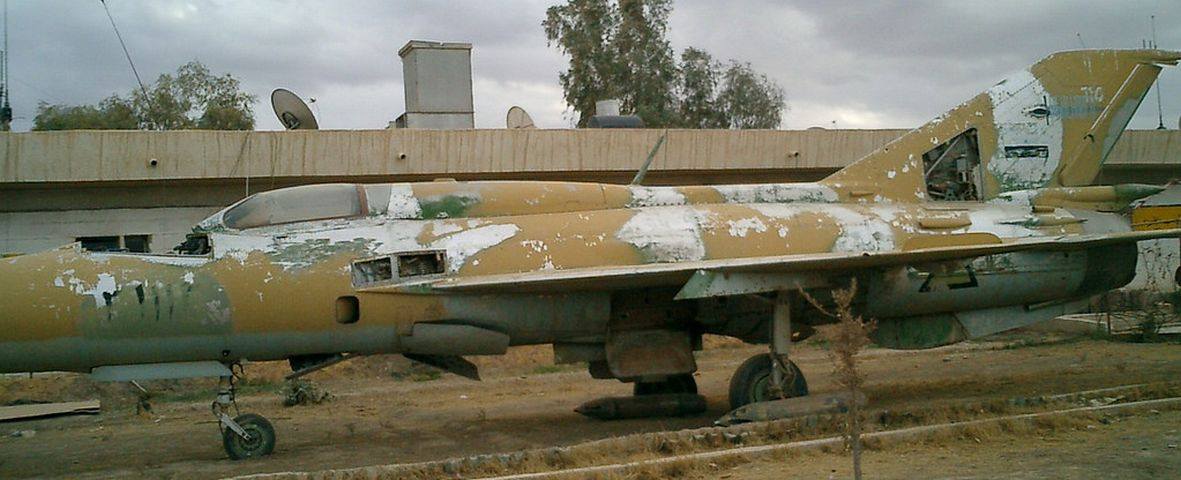The MiG-21 proved to be simple to maintain, and the Soviets delivered quickly
The MiG-21 acquisition was eventually warmly received by the air force: not only did the aircraft prove to be simple to maintain (at least unless they had to be sent to the USSR for overhauls), but the Soviets were quick to deliver. The MiG-21 acquisition was initially ordered in April 1965 by then commander of the Iraqi Air Force (IrAF), Brigadier-General Arif Abd ar-Razzaq, but it was opposed by his successor General Munir Abbas Hilmi.
Following their shipment to Basra in December 1965, they were transferred to Rashid Air Base (AB). They were combined with a group of 12 pilots who had finished their conversion courses in the USSR, and on January 8, 1966, they entered service with the newly-established No. 17 Squadron, led by Major Durhit Ibrahim, as explained by Milos Sipos & Tom Cooper in their book Wings of Iraq Volume 1: the Iraqi Air Force, 1931-1970.
In April 1966, Iraq received approval to purchase 49 more MiG-21 interceptors after its president, Abd ar-Rahman Arif, openly denounced US policies in Vietnam.
The Soviets were forced to improvise when preparing their delivery in response to Arif’s order from April 1966 because the type was in high demand at the time all across the world. Therefore, they shipped a total of 22 refurbished MiG-21F-13s, which were originally part of the ‘0 series’ of that type.” The remaining 23 aircraft belonged to the MiG-21FL variant, which was only equipped with two R-3S missiles and lacked an internal gun.
Once more, their delivery happened at an astounding rate: the first shipment of MiG-21FL aircraft arrived at the port of Basra before the year 1966 ended. Another reorganization of the IrAF resulted from the availability of more MiGs: strengthened by a team of Soviet advisors, No. 17 Squadron started operating as an Operational Conversion Unit (OCU). Enough of its pilots’ colleagues were converted to MiG-21s for Nos. 9, 11, and later the newly constituted No. 14 Squadrons to begin working on the type.
Additionally, in the case of Iraq, the Soviets demonstrated their willingness to make an exception to the rule by supplying MiG-21PFMs along with the less-known Kh-66 beam-riding guided missile. Although this missile was unreliable and extremely dangerous for a single-seat fighter jet pilot to deploy, it was the first of its kind to be used in the Middle East.
Overall, the IrAF had grown to be the second-largest operator of MiG-21s in the Middle East by the time Brigadier-General Jassam Mohammed ash-Shaher assumed command in September 1966. Such quick growth demonstrates the foresight of past IrAF leaders, who took care to upgrade the Air Force College’s equipment and lay the groundwork for the future of the force, allowing for additional growth.
Wings of Iraq Volume 1: the Iraqi Air Force, 1931-1970 is published by Helion & Company and is available to order here.

Photo by Tom Cooper and ACIG

